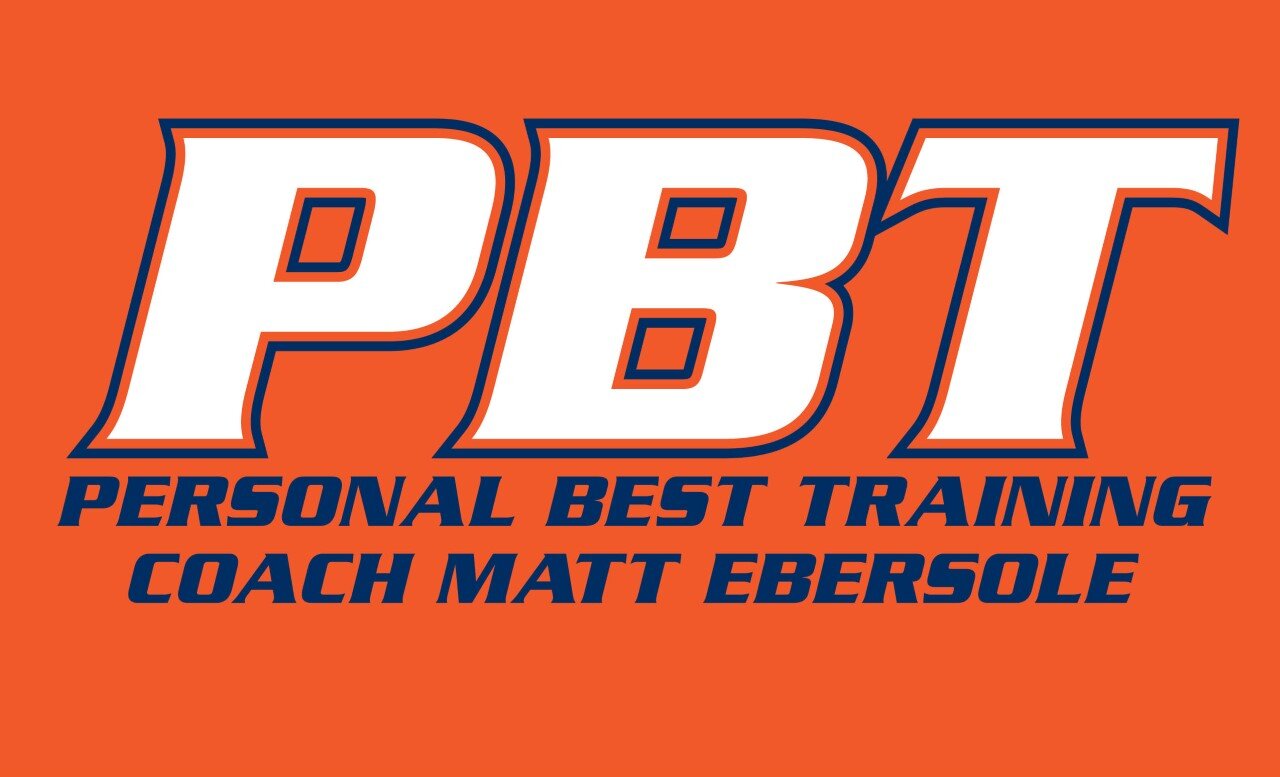Nike's No Finish Line ad campaign of the 70's & 80's.
...Without a Start Line. Yes, I am a master of the obvious, but we often loose sight of this fact when we are making training decisions. Anything that causes undue risk of jeopardizing showing up at the start line on race day healthy and ready to run should make these decisions very clear. Here are some trustworthy ideas to help deliver you safely to the start.
"There are no deals available. The thing doesn't dilute."* If you have missed training because you could just not get going again after your fall marathon, or work has been busy, or you have had a nagging injury, your body does not care. You can not convince or make a deal with your body to do 6 months of training in 4. You have to recalibrate the time you have and make the most of it. That time is gone and your body will not let you make it up.
Be Patient or you will become one. Trying to hurry your body to adapt to training rather than letting it absorb and adapt to the training is the surest way to support the local sports medicine professionals. It's also a great way to be a cheerleader rather than a runner on race day. Yes, this is very similar to point one, but I think it is important enough to repeat.
Find your hard/easy balance. I apologize to any of my runners reading this because they have heard this countless times. When the hard days get harder, the easy days have to get easier. So tempting with a GPS to try to average some magic number on a recovery day. Slow is never the goal, but pushing at all on an easy day reduces recovery and therefore adaptation to the work already done. And furthermore it takes away from the next effort. If you cannot stand seeing a slow pace on your download, don't. Run by time on an unmeasured course at a fair average pace. If jogging for you is 8:00/M, then run for 48:00 and call it 6 miles. Now there is no incentive to overrun a recovery day. Is it 6 miles? Who cares? Close enough and now your training benefit is increased.
Prove It. Your body is amazing and would allow you to go out and run longer or faster than you think it could. However it would then need a great deal of recovery time without skyrocketing injury risk. When you increase your training level, especially, if you have not been there before and somewhat recently, allow plenty of time to make sure you have adapted before another training bump. If you are taking longer to recover than normal you are not ready for another increase yet and may even need to back off. If you are fully recovering for a week or two for each hard effort, then it may be time for another increase.
Use the 10 Minute Rule. When you are struggling with an ache or pain and not sure if it is something you can run through or need to rely more on cross training or take time off you can apply the 10 minute rule. Ease into a run and then evaluate after 10 minutes. If it does not get better (or gets worse) or you are favoring it in any discernible way, stop. If that means the walk of shame back home or to your car, do it anyway. If it does get better, that means you can proceed with caution, but be sure to determine and address the cause to make sure it does not get worse.
Use the Day After Safeguard. Just because you passed the 10:00 test does not mean you are out of the woods. Many injury issues warm up nicely and feel fine during the run. If later in the day or the next morning, the injury concern is worse, then it is time to seek help and cross train or stop running for a day or two.
Listen to the Voices. If you think back to most of the training mistakes you have made you probably can recall what you were thinking before they happened. "This does not feel right." I think I will be OK going a few more miles." "I think I can squeeze in this workout." "I don't have time to cooldown but I'll stretch really good tomorrow." And the mother of all warning signs, "I am in the shape of my life!", That one often leads to a feeling of invincibility and that universal training rules not longer apply. What were you telling yourself before your last setback?
The Little Things. There are many people willing to work as hard as it takes for an hour or two on the run. There are far fewer that have the discipline and habits to take care of all the little things like warmup/cooldown, stretching, strengthening, sleeping, and the list that goes on to become a very big accumulative thing in determining how your body responds to training.
I encourage you to take a little time and use these ideas to keep your training on course and I will look for you at the start and finish lines!
Showing up healthy allowed Scot Allen to take a 14 minute bite out of his marathon PR at Monumental '16.
*This quote is from Quenton Cassidy in John Parker, Jr's Once A Runner.


